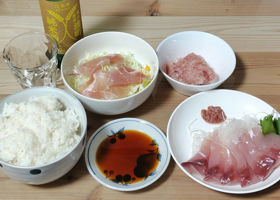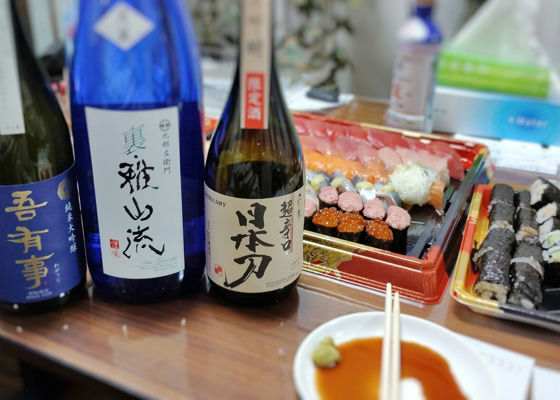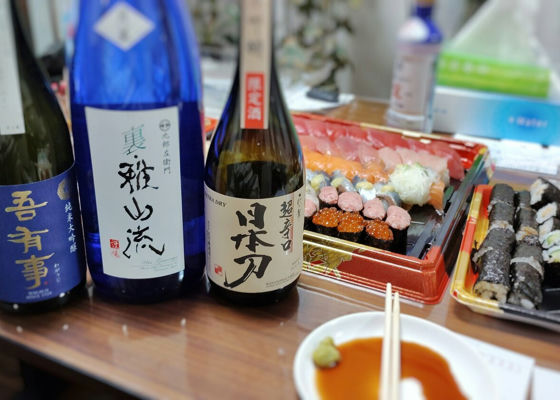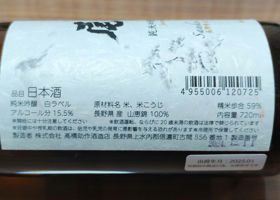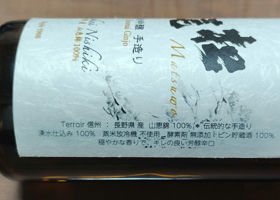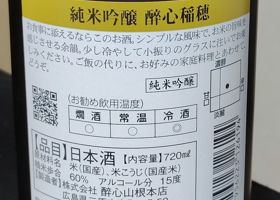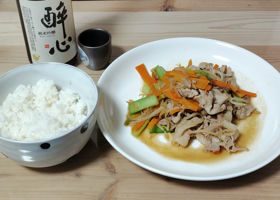

すいたん
Minimal filtration was used to ensure that the pure aroma and freshness of the freshly squeezed sake can be enjoyed."
Rice polishing ratio : 60
Alcohol content : 15%.
Taste & Aroma
The nose is gentle but clear, with a fruity and full aroma like apples, and a sense of maturity like caramel. In the mouth, along with a tangy sensation, it seems sweet and light and easy to drink. The initial taste is simple, sweet and a little sour, but these subside in the aftertaste, giving way to complexity and a bit of bitterness in the flavor. There is little umami throughout, but the flavor theme is strong and delicious. Not so much when it is as cold as snow-cold, but when it gets a little warmer, the complexity on top of the mildness is pleasant.
[Food to match].
The flavor changes direction from the moment it enters the mouth until the aftertaste disappears, so it seems to go with just about anything. If I may say so, since the initial taste is relatively simple, dishes that do not disturb it, such as sashimi and lightly seasoned nabe dishes, would go well with it.
Japanese>English

